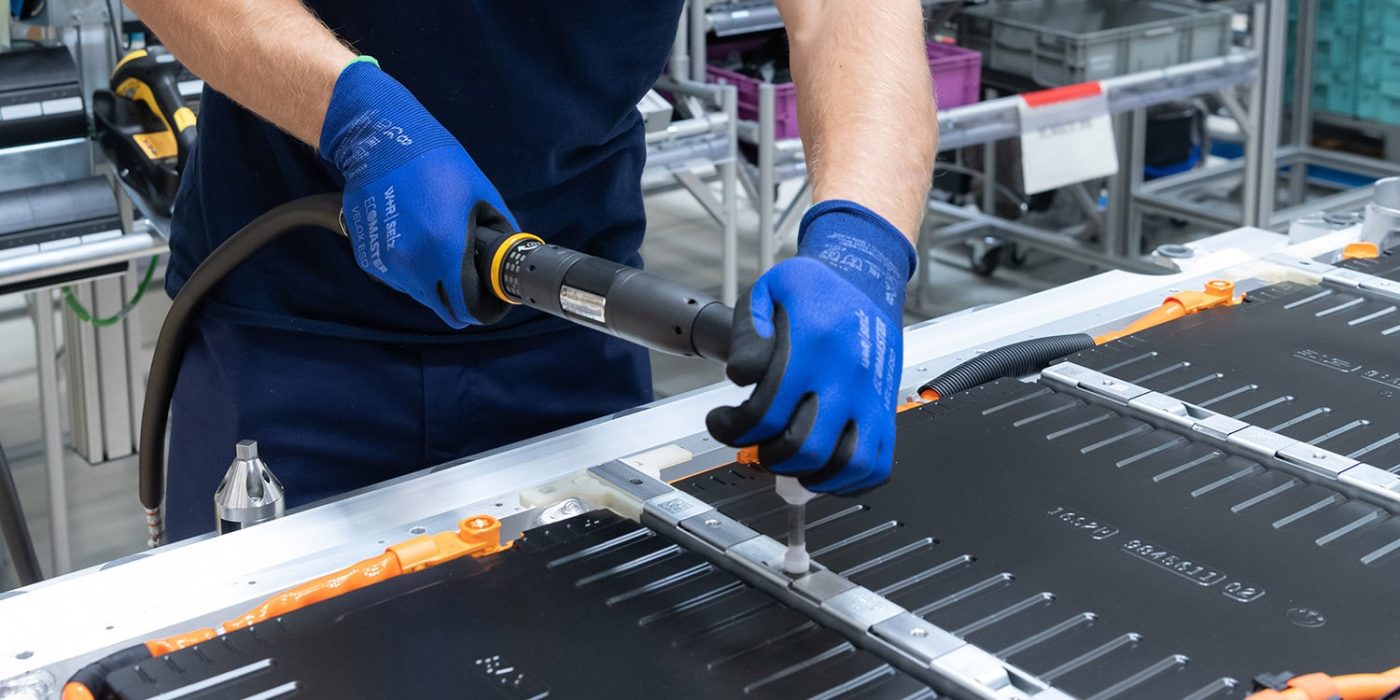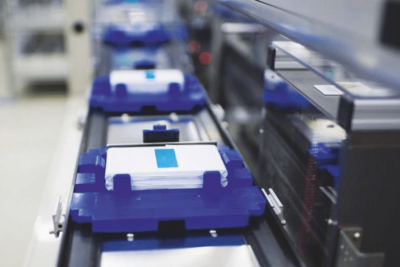EU Council opens the door for European battery market regulation
The way is clear for comprehensive battery market regulation in the EU. Following the EU Parliament in mid-June, the EU member states have now also approved the regulation. This concludes the legislative process. The regulation will thus enter into force in a few weeks.
++ This article has been updated. Please continue reading below. ++
Strictly speaking, the document still has to be formally signed by the Council and Parliament. It will then be published in the EU’s Official Journal and enter into force 20 days later. The new rules aim to promote a circular economy by regulating all types of batteries, including electric vehicle batteries, throughout their lifecycle. “This initiative is of major importance, particularly in view of the massive development of electric mobility. Demand for batteries is expected to grow by more than ten-fold by 2030,” the EU Council envisioned.
The background to the content of the regulation, which was already previously approved and has now also been formally launched, is the proposals for mandatory sustainability criteria for batteries presented by the EU Commission at the end of 2020. Interestingly, regarding the recycling quotas listed below, the agreement reached by the Parliament and Council now goes beyond the specifications initially drafted by the Commission. The new regulation will replace the current 2006 Battery Directive and complement existing legislation, particularly in the area of waste management.
Key points of the EU Battery Regulation are a mandatory declaration and labelling, among others, regarding battery components and recycled content – as well as an electronic “battery passport” and a QR code. To give Member States and economic operators in the market sufficient time to prepare, the rules on labelling will apply from 2026 and the QR code from 2027.
The recycling requirements approved by the decision now taken are as follows: Minimum levels for materials recovered from spent batteries have been set at 50 per cent by 2027 and 80 per cent by 2031 for lithium, and 90 per cent by 2027 and 95 per cent by 2031 for cobalt, copper, lead and nickel.
A certain proportion of these recovered substances is to be made mandatory for use in new batteries. The minimum requirements are to take effect eight years after the regulation comes into force, likely in 2031, and amount to 16 per cent for cobalt, 85 per cent for lead and six per cent each for lithium and nickel. Thirteen years after entry into force – so probably 2036 – they will rise to 26 per cent for cobalt, 12 per cent for lithium and 15 per cent for nickel. The lead quota will remain identical.
Requirements for stricter due diligence obligations for battery players in the environmental and social areas accompany the criteria. In future, market participants will have to check the origin of the raw materials they use and the working conditions in their supply chain. However, as envisaged, there is an exception for small and medium-sized enterprises.
“Batteries are key to the decarbonisation process and the EU’s shift towards zero-emission modes of transport. At the same time end-of-life batteries contain many valuable resources and we must be able to reuse those critical raw materials instead of relying on third countries for supplies. The new rules will promote the competitiveness of European industry and ensure new batteries are sustainable and contribute to the green transition,” said Teresa Ribera, Spanish Minister for the Transition to a Green Economy.
Update 31 July 2023
The new EU Battery Regulation was published in the Official Journal of the European Union on July 28. It will officially enter into force on the 20th day after this publication date, on 17 August 2023. The majority of the provisions will apply from 18 February 2024.
europa.eu, eur-lex.europa.eu (update)





0 Comments